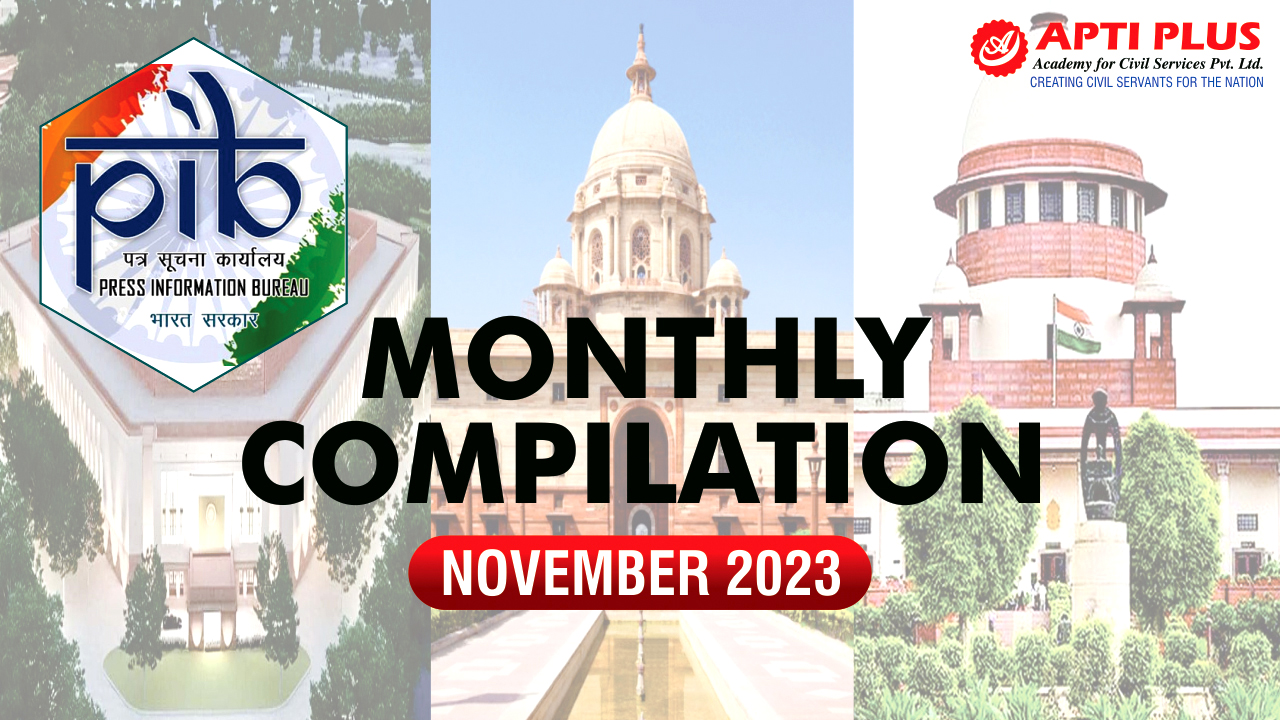Description

Disclaimer: Copyright infringement not intended.
Context
- In a historic development, India is poised to chair and host UNESCO's World Heritage Committee session in New Delhi from July 21 to 31 this year.
UNESCO World Heritage Committee
- The UNESCO World Heritage Committee is a vital component of the United Nations Educational, Scientific and Cultural Organization (UNESCO), responsible for the implementation of the World Heritage Convention.
- It selects the sites to be listed as UNESCO World Heritage Sites, including the World Heritage List and the List of World Heritage in Danger, defines the use of the World Heritage Fund and allocates financial assistance upon requests from States Parties.
Background:
World Heritage Convention:
- Adopted in 1972, the World Heritage Convention is an international treaty aimed at identifying and preserving cultural and natural heritage of outstanding universal value.
Composition:
Membership:
- The World Heritage Committee is composed of representatives from 21 member states, elected by the General Assembly of States Parties to the Convention. Members serve four-year terms.
Note: According to the World Heritage Convention, a committee member's term of office is six years. However, many States Parties choose to voluntarily limit their term to four years, to allow other States Parties to serve.
Voting
- Each state member of the World Heritage Committee has one vote. Decisions require a simple majority with abstentions counted as not voting.
- Votes are delivered by a show of hands unless a secret ballot is requested by either the chairperson or two or more states members

Functions:
Identification of Sites:
- The primary function is to identify and designate properties around the world as World Heritage Sites. These can be cultural, natural, or mixed sites that meet the criteria of outstanding universal value.
Monitoring and Preservation:
- The Committee monitors the state of conservation of listed properties, providing guidance and support to ensure their preservation.
- It reviews reports on the condition of these sites and can place them on the List of World Heritage in Danger if necessary.
Inscription and Delisting:
- The Committee decides on the inscription of nominated sites on the World Heritage List.
- It can also remove properties if they no longer meet the criteria or are in danger.
Examination of State of Conservation Reports:
- Regularly examines reports on the state of conservation of inscribed properties and takes necessary actions to address threats or deterioration.
Promotion of World Heritage Education:
- Promotes awareness and education about World Heritage, encouraging sustainable management and community involvement.
Meetings:
Annual Sessions:
- The World Heritage Committee meets once a year to discuss and make decisions on various matters related to World Heritage properties.
Decisions and Resolutions:
- During these sessions, the Committee discusses the inscription of new sites, examines reports on existing ones, and adopts decisions and resolutions.
Deliberations of the World Heritage Committee are aided by three advisory bodies, the IUCN, ICOMOS and ICCROM.
Challenges:
Balancing Conservation and Development:
- Striking a balance between conservation imperatives and the developmental needs of local communities is a perpetual challenge.
Impact of Climate Change:
- Climate change poses a significant threat to many World Heritage Sites. The Committee addresses the impacts and develops strategies for resilience.
Conflict and Natural Disasters:
- Sites located in regions affected by conflict or natural disasters require special attention to ensure their protection.

Conclusion
- In conclusion, the UNESCO World Heritage Committee is a key international body responsible for preserving and promoting the world's cultural and natural treasures.
|
PRACTICE QUESTION
Question:
Consider the following nuanced statements regarding UNESCO and the UNESCO World Heritage Committee:
1.UNESCO, established in 1960, operates under the belief that peace must be established based on humanity's moral and intellectual solidarity.
2.The inscription of sites on the World Heritage List is a meticulous process involving a comprehensive evaluation of their cultural, natural, or mixed criteria to determine outstanding universal value.
3. The World Heritage Committee comprises 21 member states elected by the General Assembly of States Parties to the World Heritage Convention, and each member serves a four-year term.
4. Apart from climate change, the World Heritage Committee is increasingly addressing issues related to sustainable development and the socio-economic impact on communities surrounding listed sites.
Select the correct answer using the codes below:
A) 1 and 2 only
B) 2 and 3 only
C) 1, 2, and 4 only
D) 2, 3, and 4 only
Answer: D) 2, 3, and 4 only
Explanation:
- Incorrect (Statement 1): UNESCO was established in 1945, not in 1960. Its constitution states that peace must be established based on humanity's moral and intellectual solidarity.
- Correct (Statement 2): The inscription process for the World Heritage List involves a meticulous evaluation based on cultural, natural, or mixed criteria to determine outstanding universal value.
- Correct (Statement 3): The World Heritage Committee comprises 21 member states elected by the General Assembly of States Parties to the World Heritage Convention. Each member serves a four-year term.
- Correct (Statement 4): Besides addressing climate change, the World Heritage Committee increasingly considers issues related to sustainable development and the socio-economic impact on communities surrounding listed sites.
Therefore, the correct answer is D) 2, 3, and 4 only.
|












